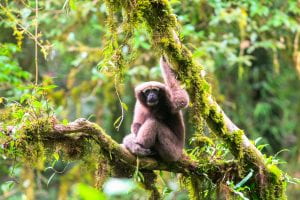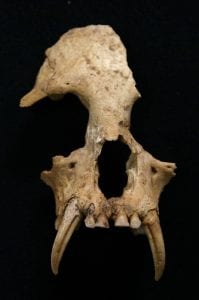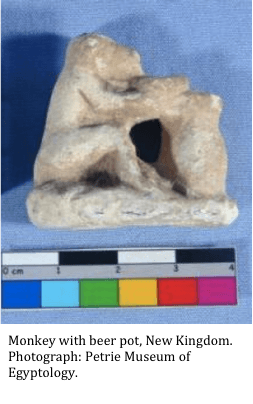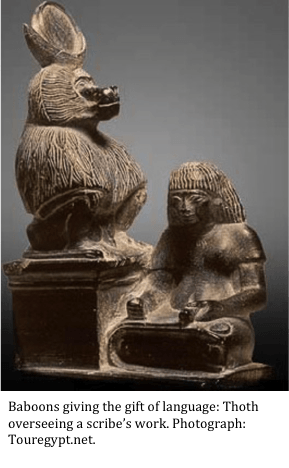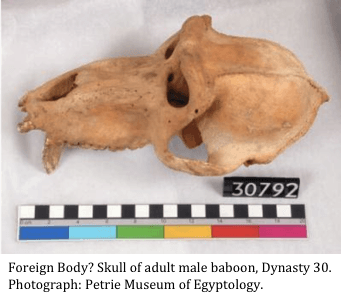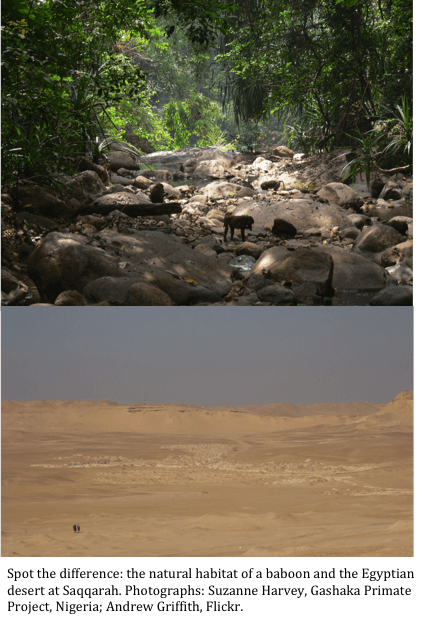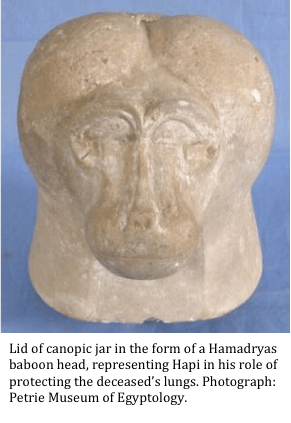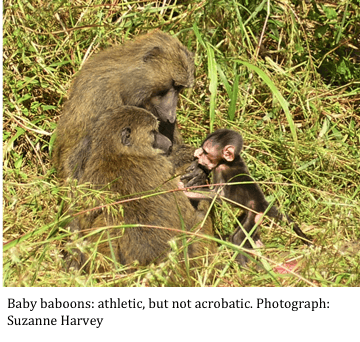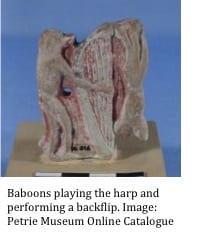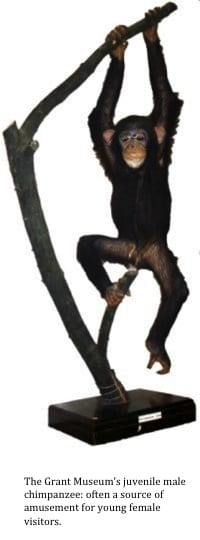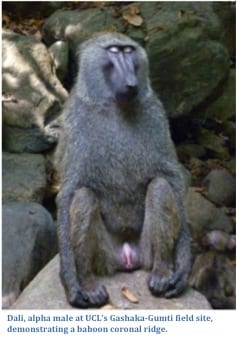“When gibbons sing, I know it will rain”
By Carolyn Thompson, on 13 May 2019
I started writing this blog post whilst sat in a half-deserted village high up in the Gaoligong mountains in China. Occupied by only 10 remaining elders who refused to leave their traditional lives behind, I had the privilege of staying here and immersing myself into daily life.
I am seated by myself as the morning sun blinds me as it peeps out from over the moss-covered tiled roofs. Two chickens are currently sneaking past me into the kitchen to morbidly watch their duck cousin be prepared for breakfast. They scream as my host shoos them away flapping her arms wildly.
The houses date back 50+ years and are made from old wood and bamboo harvested from the forest in the days before the nearby reserve was established. Mules are found on the ground floor of these dwellings with humans roosting above. As a result, night-time can be a very noisy affair!
I also experienced a huge storm at 3 am. I’ve slept through many tropical storms when I lived and worked in Indonesian Borneo, but this was something else. The walls rattled as the rain beat against it and droplets started to seep through and trickle down. I thought the storm would snatch the flimsy roof right off, but I am glad to report that all houses — and mules — were still standing when I woke up.
My PhD is all about understanding local nature and wildlife values, comparing gibbon (small ape) knowledge, and investigating patterns of natural resource use. I have spent the past few months collecting social data in the form of structured interviews and small group discussions with local communities in both Hainan and Yunnan provinces. To get the most candid answers, it is important to immerse yourself into local life.
I have drunk countless cups of green tea and bottles of “bai jiu” (lethal Chinese wine) as a result, been dressed up as a local Hei Lisu person, braved eating the 100-year old egg, and scoffed so many sunflower seeds that I am ready to sprout!
Before embarking on my PhD journey, I was given an antique book by Robert Van Gulik, a Dutchman fascinated by gibbons and their significance in Chinese culture. Published in 1967, “The Gibbon in China” is a magical collection of poems, stories and paintings dating back to 200 BC. Rich in its content, I was overwhelmed with the stories about “lonely”, “sad-looking” yet “magical” apes who sing haunting and melancholy songs in the Chinese mountains.
Taoists (those that believe in ancient nature-worship regarding the flow of “ch’i” energy in all living things) talked about gibbons being superior to humans. Gibbons were often referred to as “gentlemen” as discussed in my previous blog. Everyone loves good manners — bring a gibbon to meet the parents and they won’t be disappointed due to their impeccable “table manners” (unlike their mischievous macaque monkey cousins), according to an 8th-Century poet, Liu Tsung-Yuan. Their intelligence, supposedly similar to humans, is also regularly mentioned, especially when needing to drink water from a nearby river. Forming a chain by holding hands, gibbons would lower themselves down to the river. One should therefore never “…place a gibbon (Yuan-yu) in a barred cage [as] how could he then show his clever skills?” (4th Century statesman, Ch’u-tz’u).
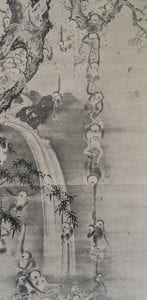
Forming a “Gibbon Chain”. Nineteenth Century. Sourced from Van Gulik’s 1967 essay on “Gibbons in China”.
Having read this book from cover to cover, I was pumped to record rich gibbon stories during my field season. I was therefore incredibly shocked and disappointed to learn that many traditional stories have not been passed down through the generations.
China is made up of 56 different ethnic groups, all of which used to be rich in culture and history with traditional dress and sigils (both of which are now rarely seen). I interviewed participants from six of these ethnic groups and asked them questions regarding the importance of gibbons and forests in their local culture. Participants either didn’t understand the question or they would say there is no connection.
I was relieved to hear that a few elders still have a tale or two to tell, especially when it comes to gibbons being able to predict the weather:
“When gibbons sing, I know it will rain tomorrow.” (Anonymous).
An elder in Hainan province told me about how gibbons came to be which involved a naughty, lazy boy who was scolded with an iron on his butt. He then sprouted hair and turned into a gibbon.
I also had a surprisingly funny interview with a 70-something year old man who used to work in Burma harvesting wood to sell back to the Chinese. He spoke about his love of gibbons…to eat! We spent most of our interview crying with laughter as his opinion was so far from my own. He kept insisting that gibbons were incredibly ugly and thought I was crazy because I felt they had aesthetic value.
“Look at their ugly faces!” He would yell. “Ah, they taste so good! Such a shame the government won’t let me hunt them anymore.”
It is important when I conduct these interviews that I remain impartial. At the end of the day, my PhD is all about finding sustainable solutions for both humans and gibbons alike.
My favourite moment was with an 87-year old woman who heard that a “laowai” (foreigner) was staying in the village. Having never left her village or seen a Caucasian woman before, we had a very special, informal moment bonding over gibbons and discussing what life was like during her youth — and what life was like now.
https://www.instagram.com/p/Bu6JKNjAWA8/
Although I am still at the start of my PhD journey, I have teamed up with a local non-governmental organisation called Cloud Mountain, who carry out conservation education activities. We hope to work together to reintroduce some of these traditional gibbon stories back into these villages. With only 28 Hainan gibbons, 150 Skywalker Hoolock gibbons and 110 Cao Vit gibbons remaining (my three study species), hopefully we can remind people of their magical, shared history and raise the profile of these forgotten apes before it is too late.
If you would like to follow my PhD journey, you can do so here: Personal blog, Twitter, Instagram. Or come and meet me in the UCL Grant or Petrie museums next month!
 Close
Close




